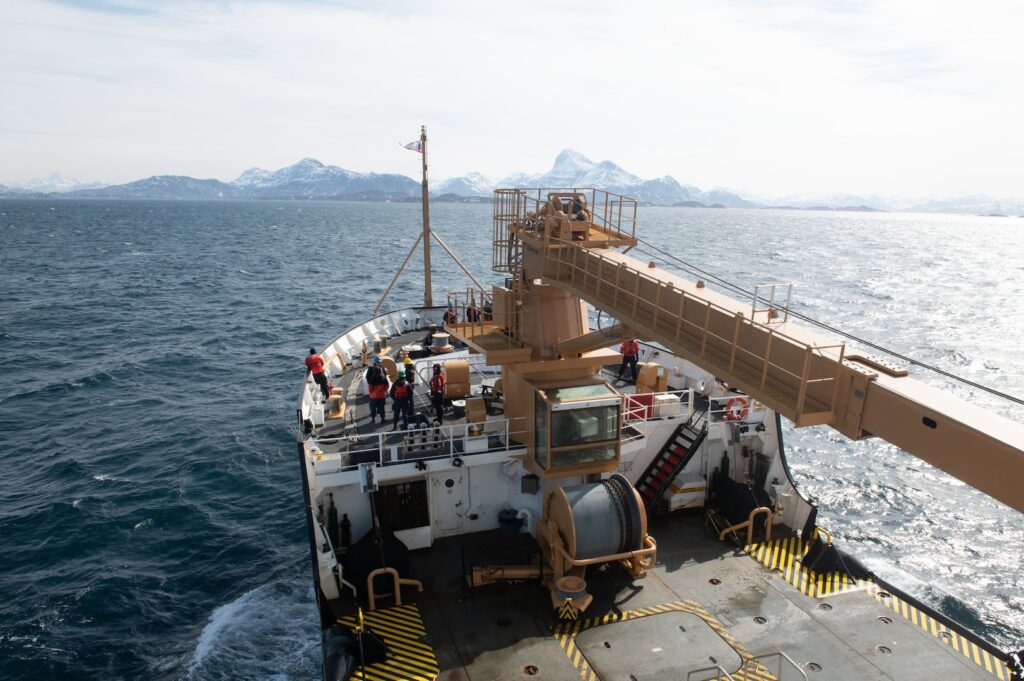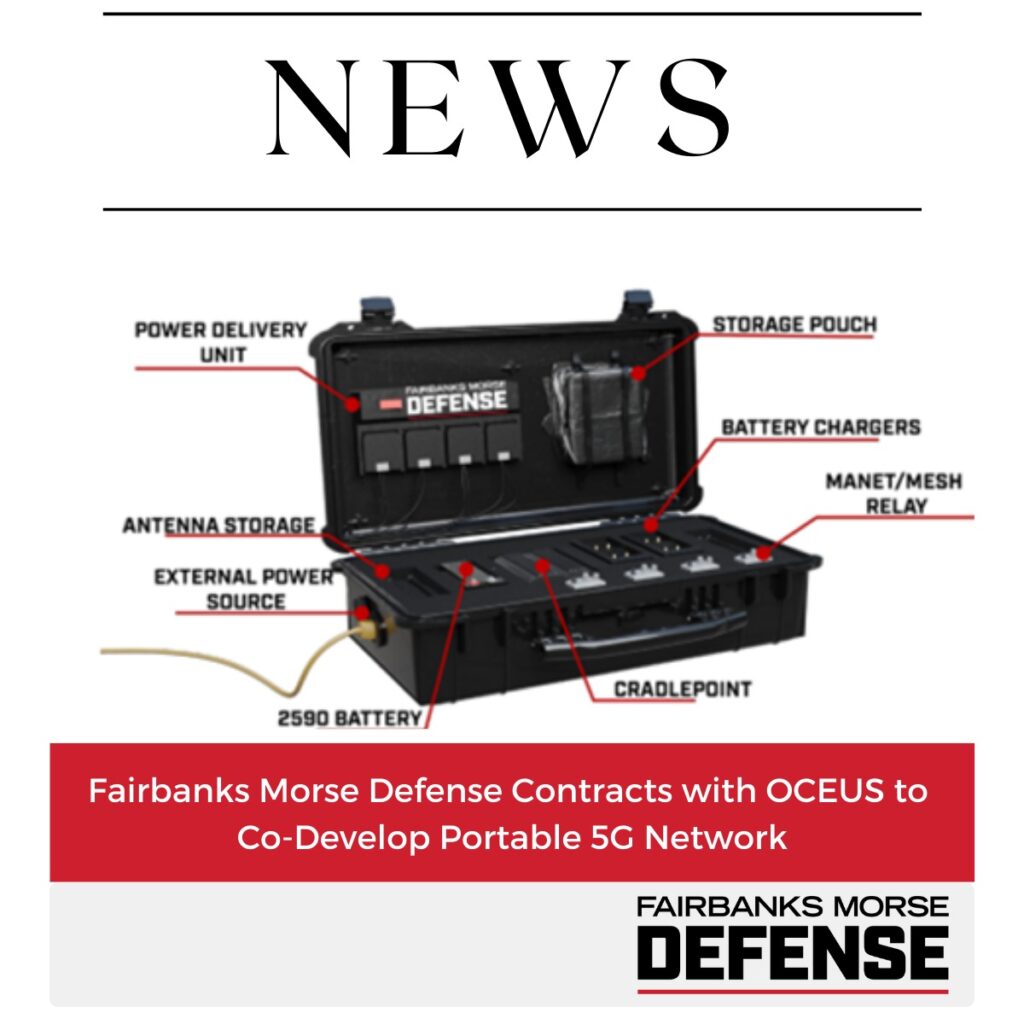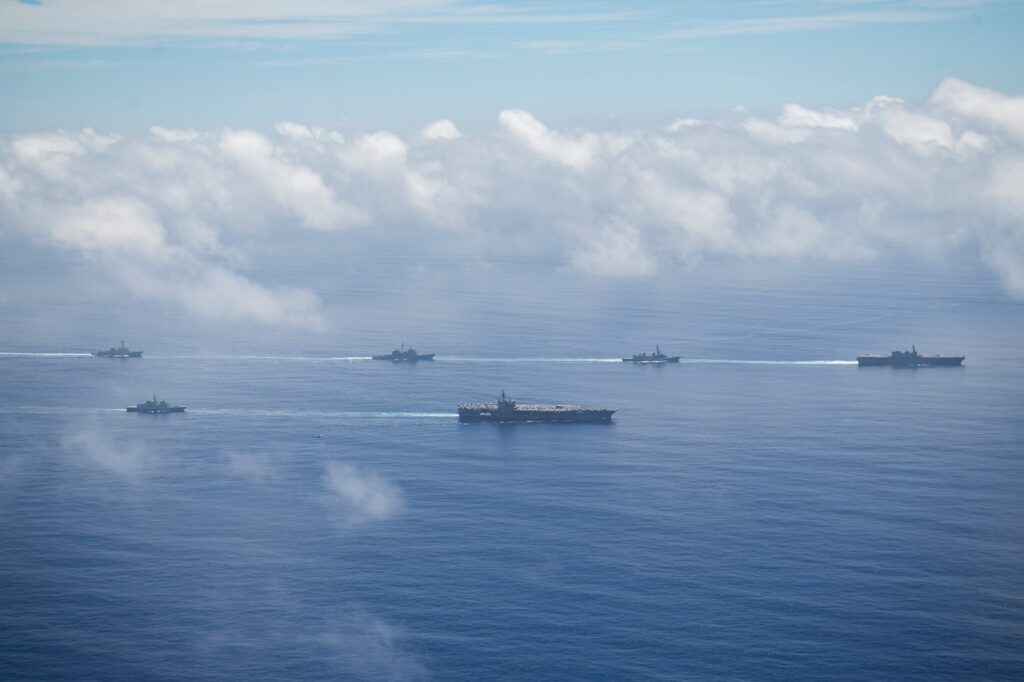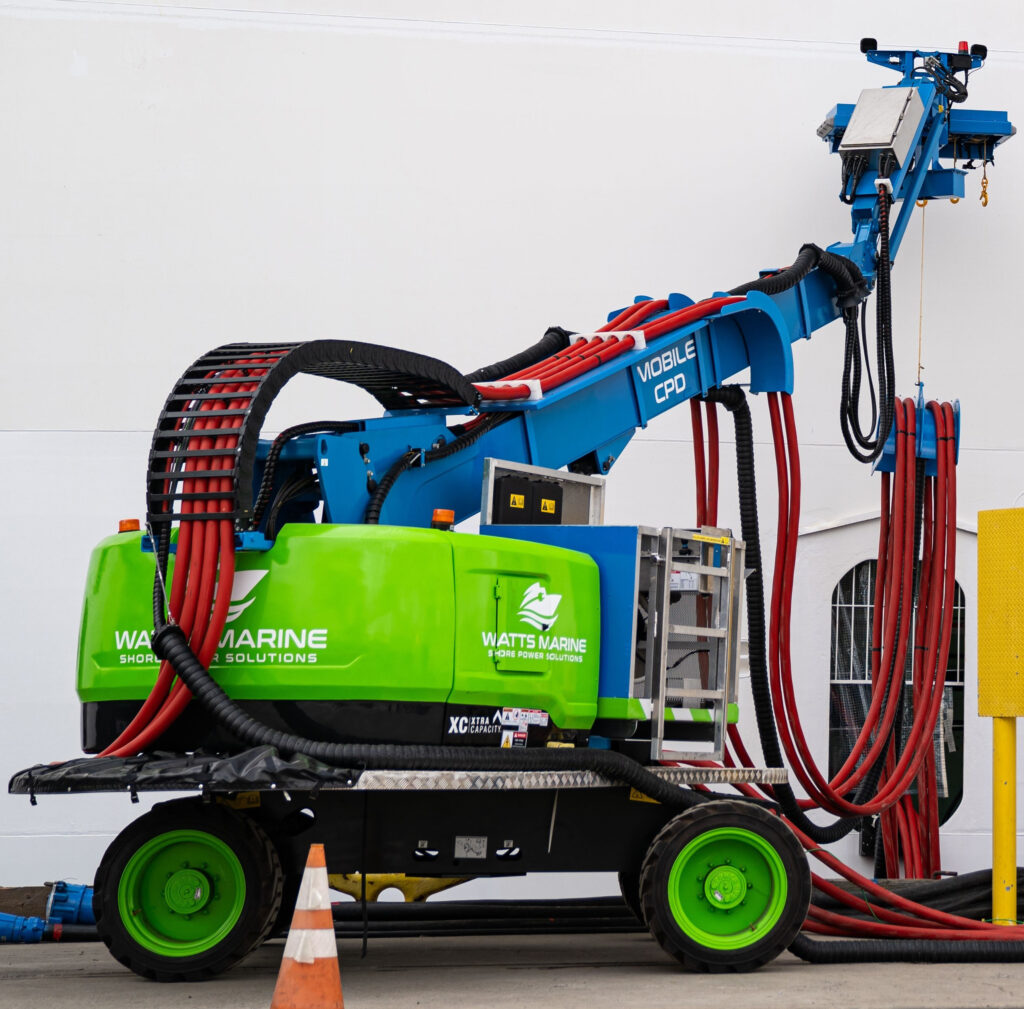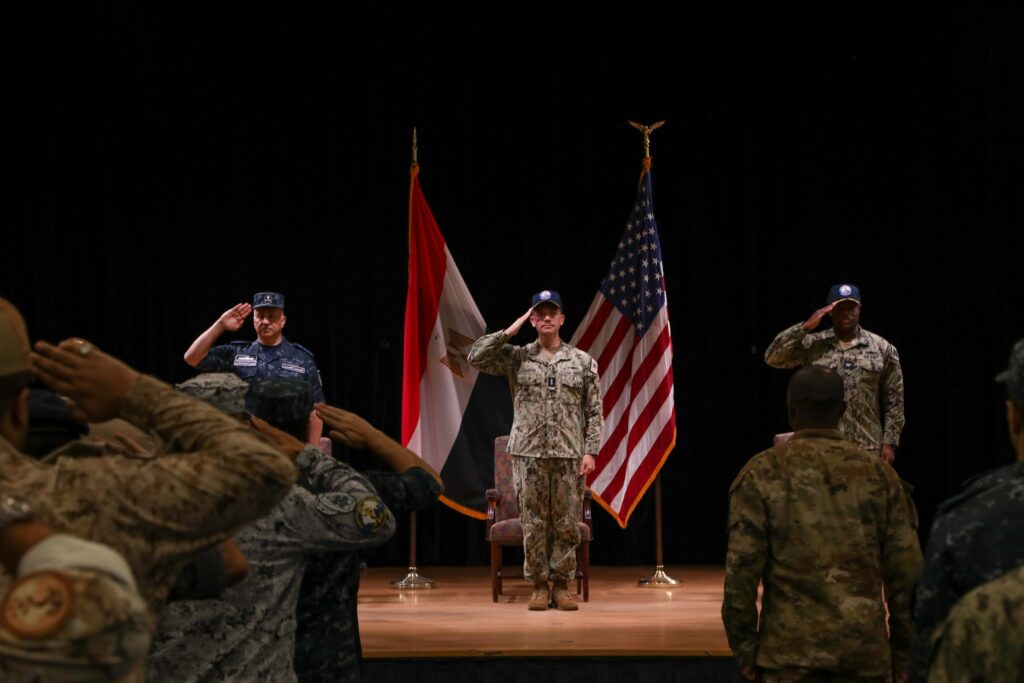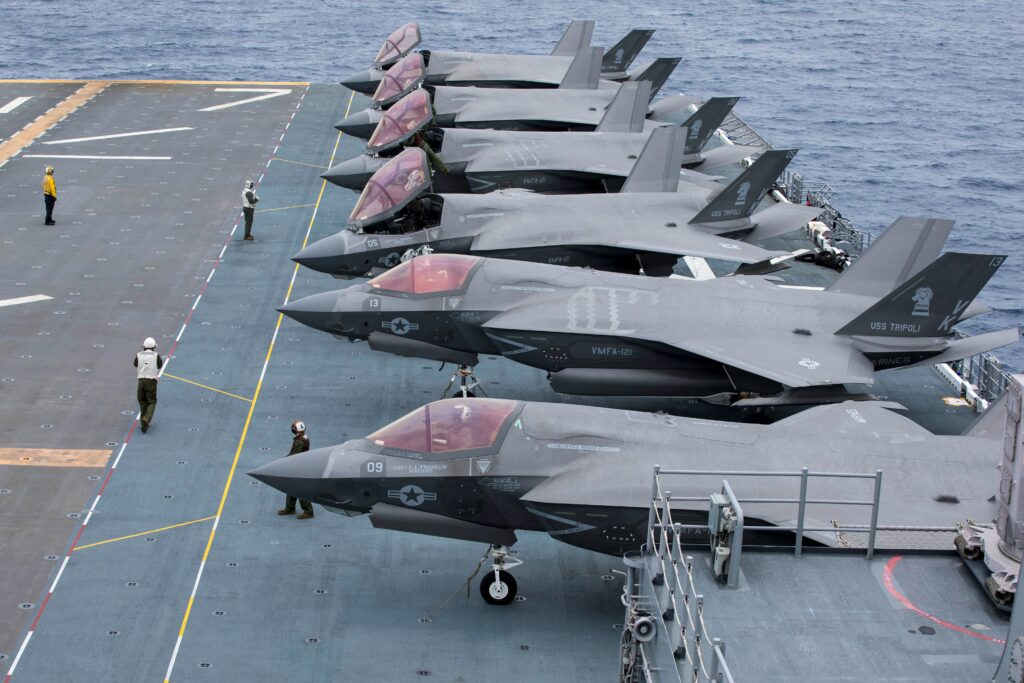The Department of the Navy (DoN) and the United States Special Operations Command Join Forces to Supercharge Early Threat Warning Systems
*****
Arlington, VA – Applied Signals Intelligence, CACI, DRS Advanced ISR, Resonant Sciences, and Roke USA have been awarded the Joint Threat Warning System (JTWS) Directional Finding/Omnidirectional Antenna project through the Strategic & Spectrum Missions Advanced Resilient Trusted Systems (S²MARTS) Other Transaction Authority (OTA) to develop a direction-finding antenna for Joint Threat Warning Systems.
A Joint Threat Warning System (JTWS) is an integrated system used by government and military organizations to monitor and analyze potential threats to national security. It is a type of early warning system designed to detect, collect, analyze, and report potential threats to our nation. These threats can range from terrorist activities to natural disasters.
Joint threat warning systems are essential for providing early warning and protection to military personnel and other organizations. This directional finding/omnidirectional antenna will provide a crucial capability to the JTWS, allowing it to detect and identify threats from electromagnetic signals. By modifying the latest antenna technology commercially available, these companies will produce improvements in the ability to collect, process, locate and exploit Signals of Interest (SOI) enhancing the mission performance of providing timely, relevant, and responsive threat avoidance information.
The JTWS Directional Finding/Omnidirectional Antenna project will ultimately provide early threat warnings to military personnel and can analyze the direction of arrival (DOA) of signals, providing lifesaving detailed information to those who need it most. By providing timely warnings and the directional of the potential threat, the JTWS Directional Finding/Omnidirectional Antenna project will help to alert the public and government officials to possible security risks and allow for appropriate actions to be taken to prevent or mitigate the threat. Additionally, the JTWS helps to coordinate responses between government and military organizations and facilitates the sharing of information between these organizations.
“These early threat warning systems are an invaluable tool for the protection of our nation, and as technological capabilities advance, we must upgrade these systems as well,” stated S²MARTS Deputy Director Tony Kestranek. “This helps to protect the safety and security of our nation, our citizens, and our infrastructure.”
The JTWS project has a total projected value of $9.3 million dollars and is anticipated to be released within a 17-month period.

